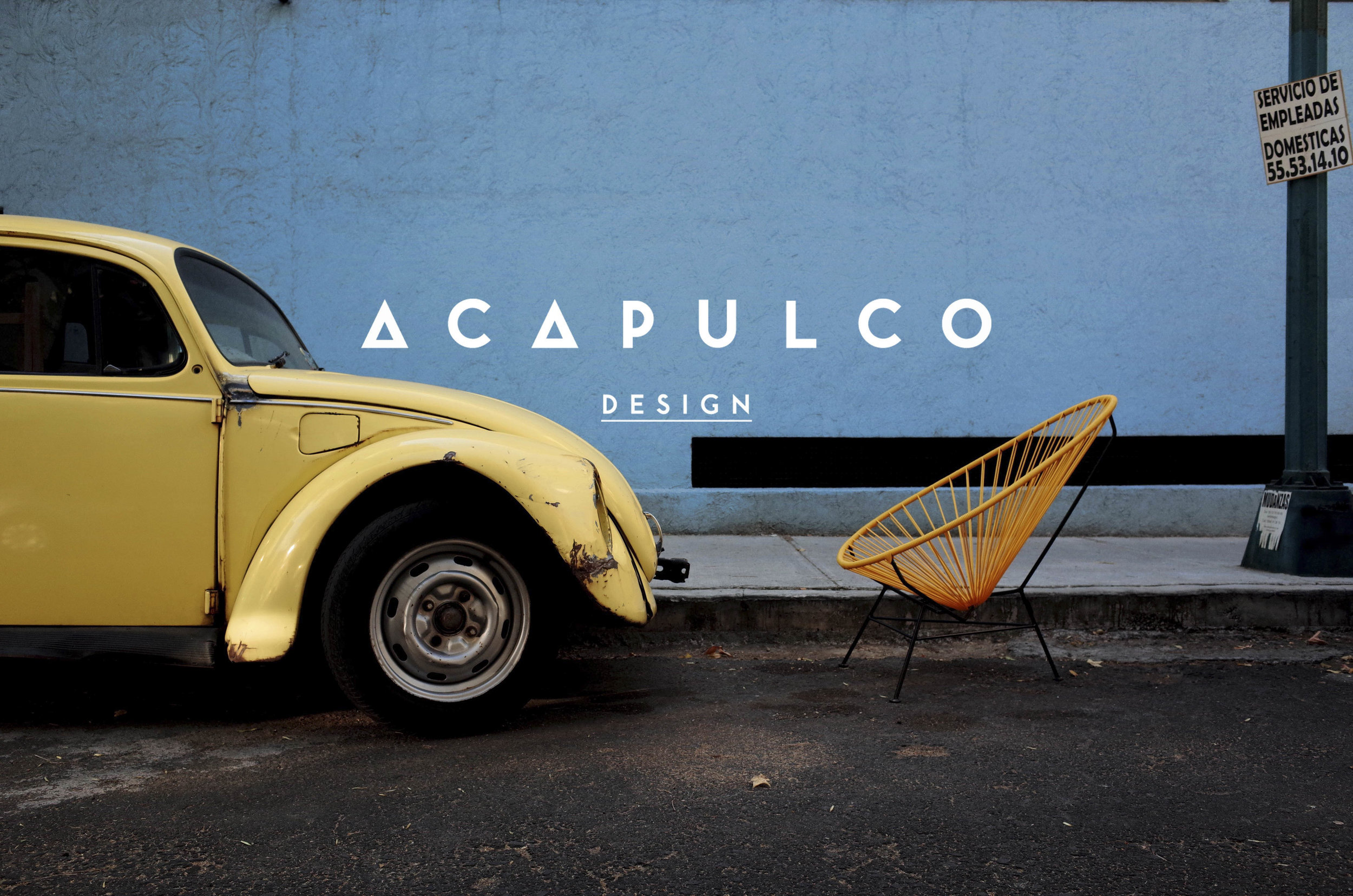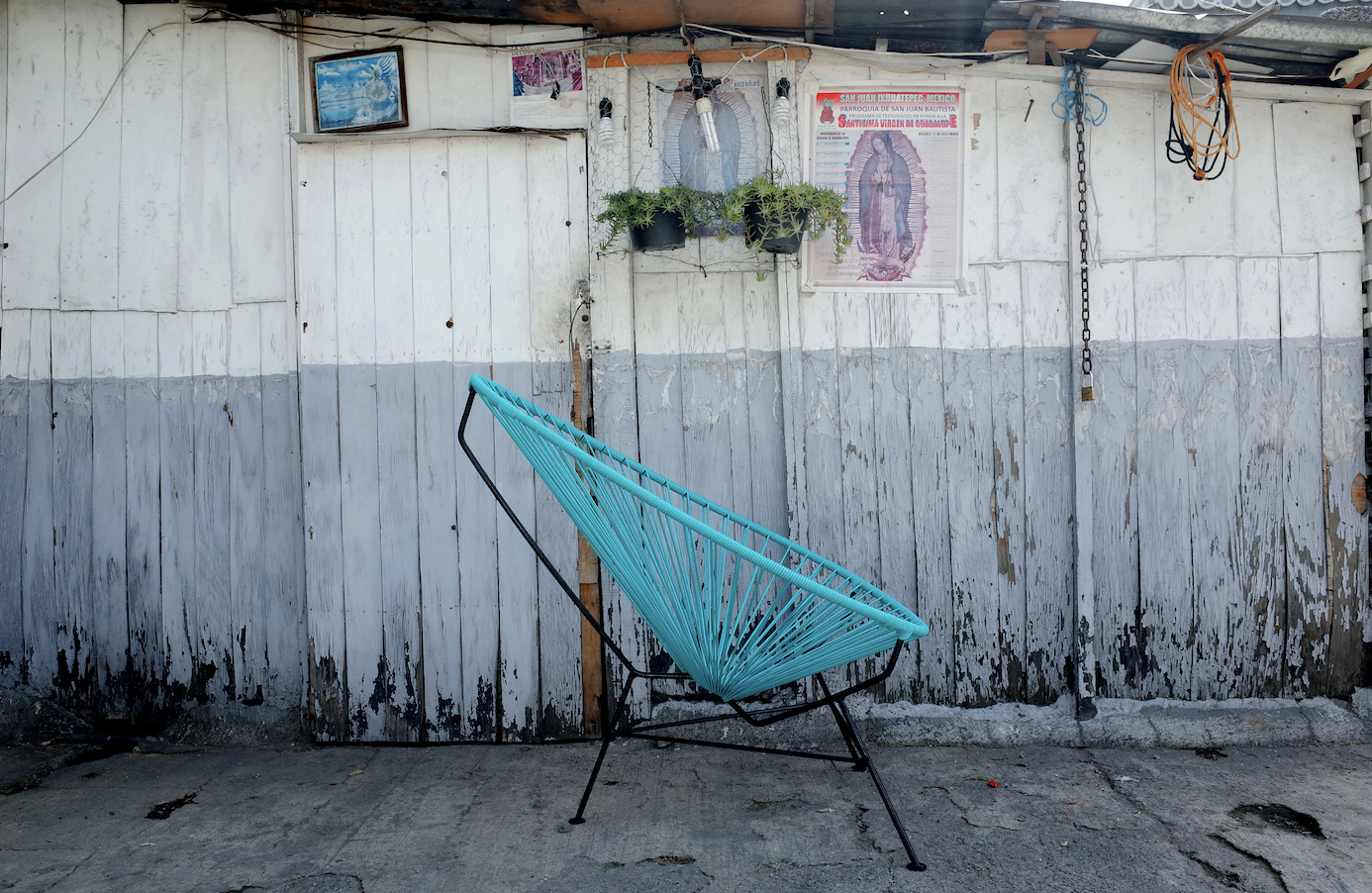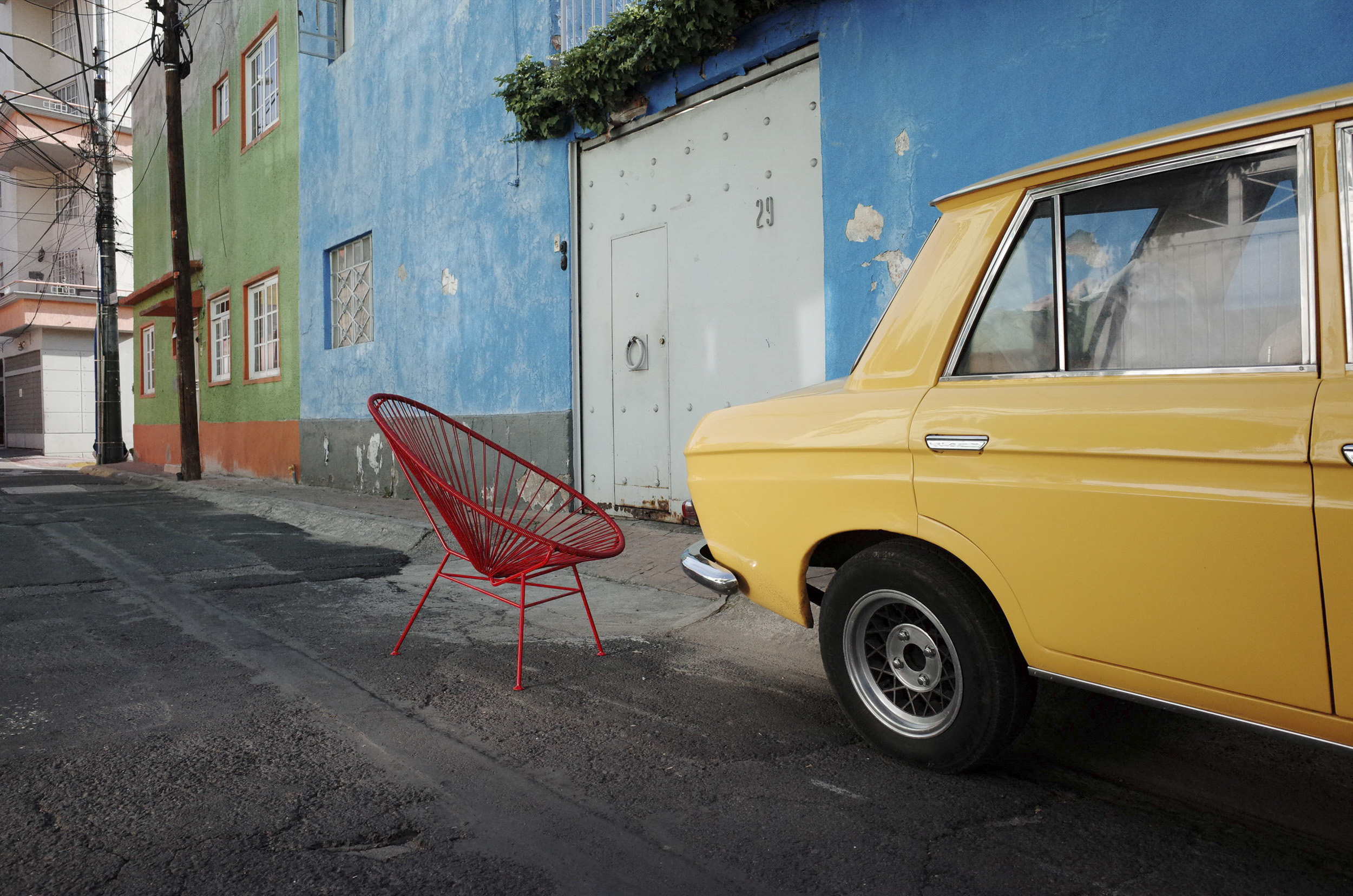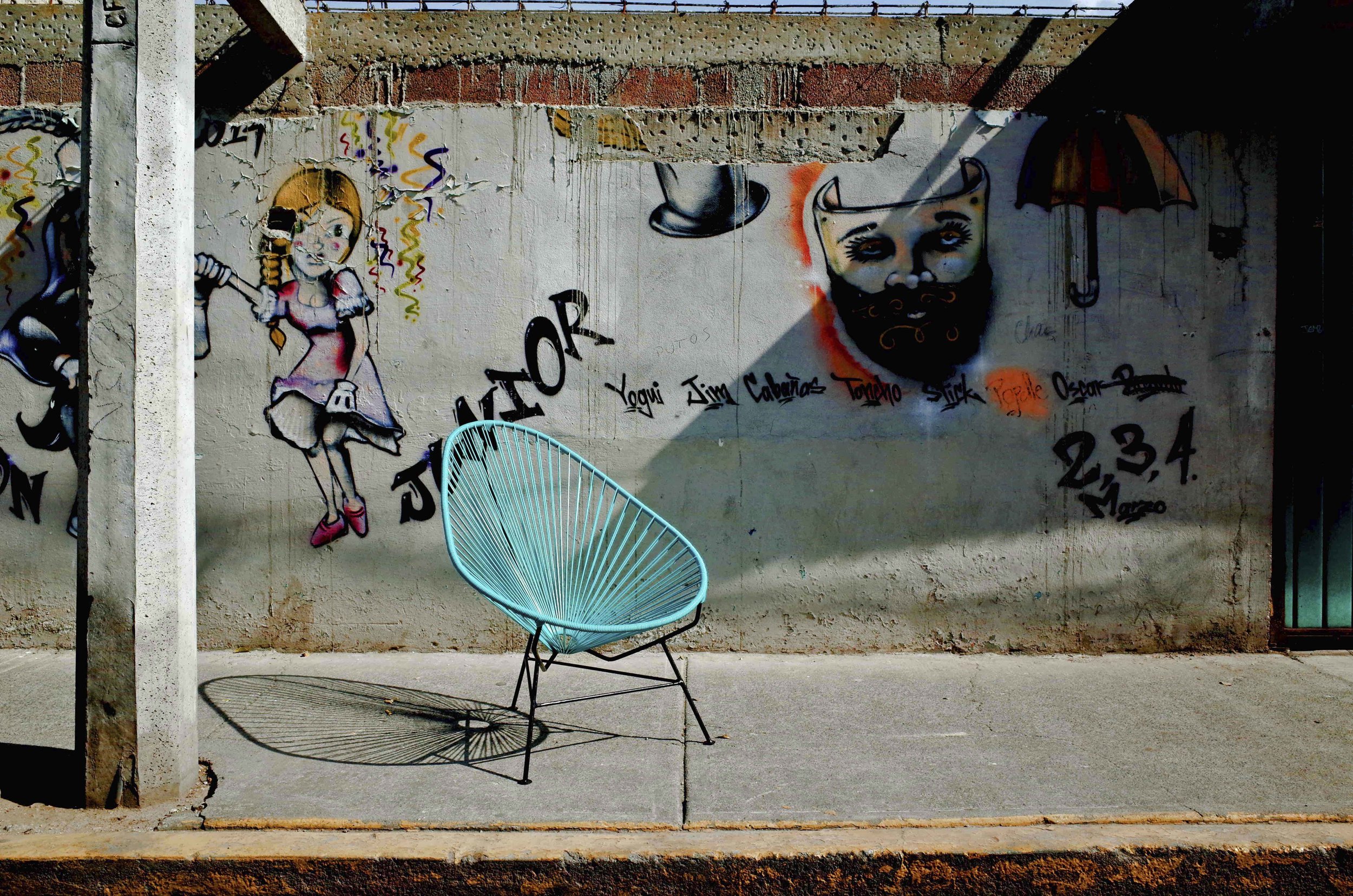The following article is a small guide for those who consider to shoot their cameras manually. As you give away responsibility when putting your camera on auto-mode, I highly recommend you to bother about learning to set up your camera. Besides the manual mode „M“ there are different half manual modes (priority modes / Tv, Av, P) worth considering. Getting used to priority modes is not as complicated as you think and it has clear advantages: the influence on what your camera is doing will be much higher than in auto-mode, thus your results will be much more satisfying.
The three major parameters you can control in a camera are the exposure time (shutter speed), the aperture of your lens and the sensitivity of your sensor (or film) towards light. Here we try to concentrate just on one major aspect of the exposure triangle (ISO, APERTURE, TIME), the shutter speed.
The principle of shutter speed
As the name already suggests the shutter speed defines how fast or slow the shutter mechanism of your camera is opening and closing again. The shutter stays closed until you fire your camera. What happens when you shoot is that a shutter curtain opens, and the sensor gets exposed to light, the moment you framed is captured, the shutter closes again. All that happens in the amount of time in which you set up your camera. Classic shutter speeds (exposure times) from short to long are:
1/1000 - 1/500 - 1/250 - 1/125 - 1/60 - 1/30 - 1/15 - 1/8 - 1/4 - 1/2 - 1“ - 2“ - 4“ - 8“ - 15“ - 30“.
I marked the shutter speed 1/60 in bold letters because the risk of producing blurry images through handshake increases from that exposure time on. This assumption doesn’t count for all cameras. With heavier cameras and bigger lenses attached you might even produce handshake at 1/125. With lightweight point-and-shoot cameras or rangefinders you can achieve sharp results even at 1/30 or 1/15, in case you have a steady hand.
Why should you control exposure time?
Decide yourself if you want to freeze action or if you want to indicate movement through motion blur! Two examples:
Action is frozen in the left image. Clear motion blur in the dancers legs of the right image.
The image on the left shows a street scene in Havana. My camera was set on a film speed of ISO 400. The aperture I prefer during the day is usually somewhere in between f5.6 and f16, depending on the amount of light. Here it was set to f5.6 and to get exposure right, the shutter speed was set to 1/250. As result my camera froze the moment just when the girl starts to run out of her hiding place.
In the right image you can observe the effect of motion blur. A photo day in Mexico City came to an end, music was played and people were dancing salsa. One energetic dancing couple caught my attention. The dimmed light condition only allowed me to shoot with a shutter speed of 1/30 at ISO400 and my aperture was wide open at f2.8. Because of the long exposure time the movement of the men’s twisting leg is visible as motion blur inside the image.
Use shutter speed creatively
I just chose these two very simple examples to demonstrate the effect of shutter speed. However you can be much more extreme in your creativity. Let me show you one of the longtime exposures that struck me. A helicopter taking off photographed by the old master, Andreas Feininger. The timeframe of the image is most probably somewhere in between 30 seconds and a minute. You can see the helicopter rising as the illuminated rotor blades are ascending concentrically. Controlling time gives you plenty of options getting creative.
Andreas Feininger
Chose priority modes before going manual
If you understood the principle shutter speed but you are still afraid to shoot all manually try the following. All digital cameras offer the priority mode “Tv” (= shutter priority on a Canon, with Nikon it is the “S”-Mode). In this mode you simply adjust the time you prioritise and your camera will set all the other parameters for you to get correct exposure.
To get better in photography it is important to check your settings before you shoot and also in revision of your photos on your computer.
This article is a brief reminder of what you can do with a camera. Photography is not just pushing a button. A camera is a tool to express yourself and the better you understand the technology and mechanics behind it, the more options you will have to tell us your story.










